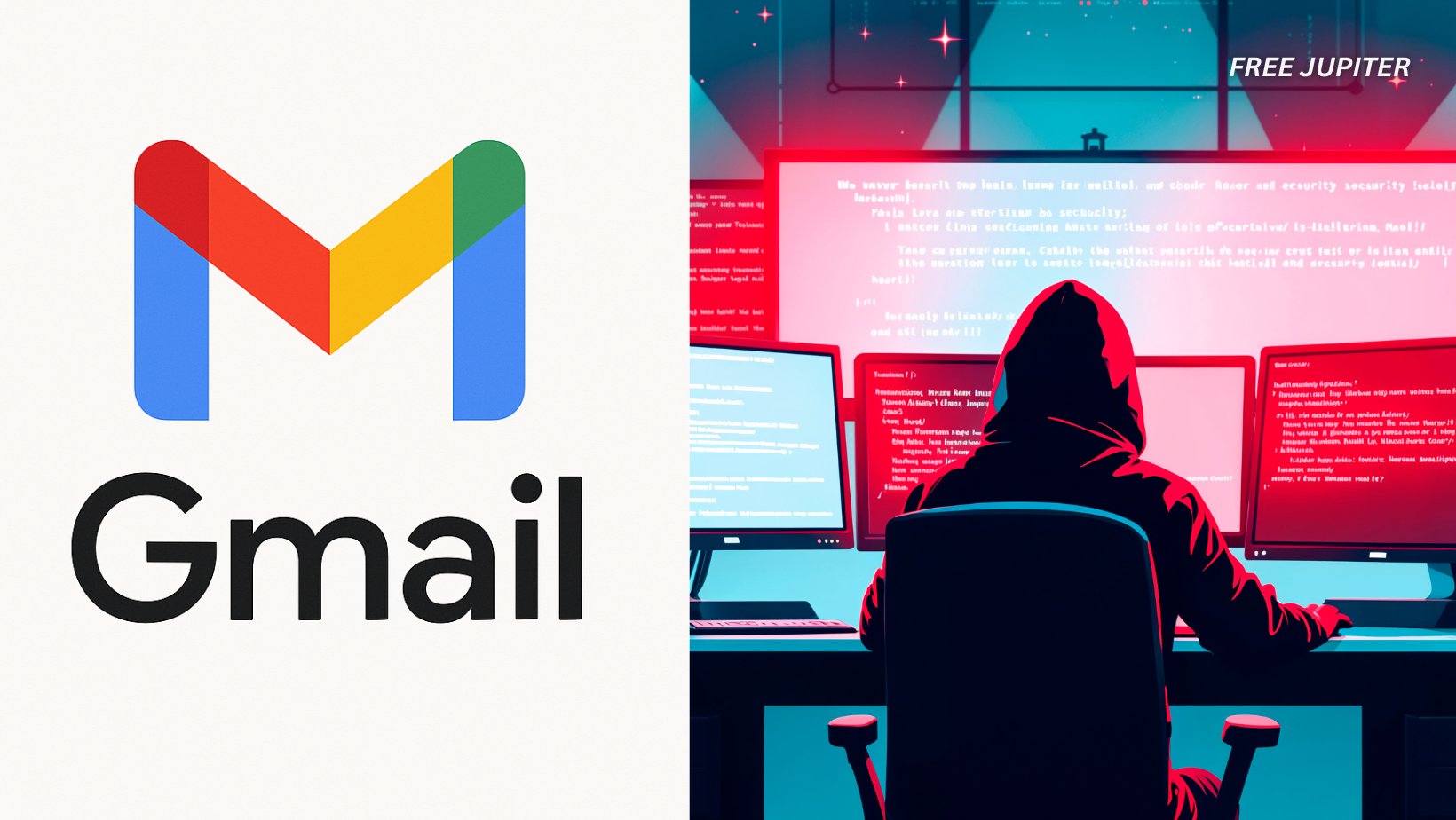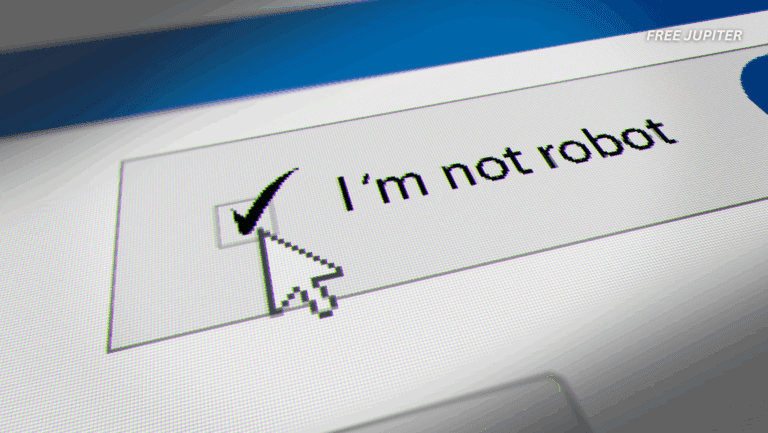In 2025, Gmail users are encountering an unprecedented wave of cyber threats, with phishing attacks growing in sophistication and frequency. As one of the world’s most popular email platforms, Gmail remains a prime target for hackers aiming to exploit its vast user base and integration with numerous Google services. The evolving landscape of cybercrime, fueled by advancements in artificial intelligence (AI) and machine learning (ML), has transformed phishing from crude scams into highly personalized and nearly undetectable assaults. Understanding these threats and adopting robust security measures is essential to safeguarding your digital life.
The Surge of Phishing Attacks Targeting Gmail
Phishing, the practice of tricking users into revealing sensitive information such as passwords or financial data, has escalated dramatically. Recent statistics reveal that Gmail alone blocks around 100 million phishing emails every day, underscoring the scale of the problem. In 2025, phishing emails constitute a significant portion of all email traffic, with nearly 1.2% of all emails sent globally identified as malicious attempts to deceive recipient.
The sophistication of these attacks has increased sharply. Cybercriminals now harness AI to craft emails that are indistinguishable from legitimate communications. These messages often reference personal details gleaned from social media, data breaches, or other publicly available sources, making them highly convincing. For example, an attacker might send an email that appears to come from a trusted contact or a reputable company, complete with accurate information about recent purchases or professional affiliations.
Read more: Billions of Gmail Users Were Issued Urgent Warning Over An ‘Extremely Sophisticated Attack’
The Anatomy of a Modern Gmail Phishing Scam
One particularly alarming trend involves phishing emails impersonating law enforcement or official Google communications. These emails claim that authorities have issued a summons demanding access to a user’s Gmail account. The message appears authentic, featuring sender addresses such as [email protected] and links that superficially resemble official Google domains. However, subtle details betray the scam-for instance, links directing users to sites.google.com instead of the legitimate support.google.com domain.
These deceptive emails are designed to induce panic, prompting recipients to click on malicious links without scrutinizing the details. Once clicked, users are taken to phishing pages hosted on Google’s infrastructure but crafted to steal login credentials. This exploitation of trusted domains makes the scam particularly insidious and difficult to detect for the average user.
Additional warning signs include discrepancies in the email’s metadata, such as suspicious “to” fields and mailing paths that involve unrelated domains. Yet, these technical clues are often overlooked, especially when the email’s content invokes the fear of legal consequences.
Why Gmail Is Such a Valuable Target
Gmail’s widespread use and integration with other Google services make it a goldmine for attackers. A compromised Gmail account can grant access not only to emails but also to Google Drive, Google Pay, contacts, calendars, and saved passwords. This access can lead to identity theft, financial fraud, and unauthorized control over other connected accounts.
Moreover, attackers often use compromised Gmail accounts to launch further attacks, such as business email compromise (BEC), where fraudulent requests for payments or sensitive information are sent from trusted accounts. In 2023, BEC scams resulted in losses exceeding $50 billion globally, and this figure is expected to rise as AI-powered phishing campaigns become more prevalent.
Read more: Telling Chat GPT ‘Please’ And ‘Thank You’ Is Costing OpenAI ‘Tens Of Millions’ Of Dollars, CEO Says
The Role of AI in Escalating Threats
AI has dramatically altered the cyber threat landscape. Unlike traditional phishing attempts, AI-generated scams can analyze a victim’s online presence to produce highly tailored messages. These emails mimic the writing style of known contacts, reference recent activities, and use contextually relevant language that significantly increases the likelihood of success.
In addition to text-based phishing, attackers are incorporating deepfake technology to create convincing audio and video messages. These might impersonate a manager or family member requesting urgent actions, adding a new layer of deception that can bypass even vigilant users.
Another emerging tactic is “quishing,” where malicious QR codes embedded in emails direct users to credential-harvesting websites. Since QR codes are not human-readable, they circumvent traditional URL inspections and trick users into scanning them, leading to malware downloads or data theft.
Google’s Response and Protective Measures
Google is actively combating these threats by deploying advanced security features and AI-driven defenses. The company has acknowledged the existence of targeted phishing attacks exploiting its infrastructure and is rolling out protections to close these vulnerabilities. Additionally, Google encourages users to enable two-factor authentication (2FA) and adopt passkeys, which provide strong safeguards against credential theft.
Importantly, Google emphasizes that it will never contact users via email to request account credentials or direct them to login pages. Users receiving such communications should avoid clicking any links and instead access their accounts through official channels to verify any alerts.
Google’s Chrome browser is also integrating on-device AI to detect and block scam attempts in real time, providing an additional layer of defense against phishing and other malicious activities.
Practical Steps for Users to Protect Their Gmail Accounts
Given the complexity and scale of phishing threats, users must take proactive steps to secure their accounts:
- Activate Two-Factor Authentication (2FA): This requires a second verification step, such as a code sent to a phone, making unauthorized access significantly harder.
- Adopt Passkeys: These modern authentication methods eliminate reliance on passwords, which are vulnerable to phishing.
- Scrutinize Email Details: Carefully examine sender addresses, URLs, and email content, especially if the message invokes urgency or legal threats.
- Avoid Clicking Suspicious Links: Instead, navigate to Google services directly by typing URLs or using trusted bookmarks.
- Be Wary of QR Codes: Only scan QR codes from trusted sources and verify their destination before proceeding.
- Keep Software Updated: Ensure browsers, email clients, and security tools are current to benefit from the latest protections.
- Stay Informed: Follow security advisories from Google and cybersecurity experts to recognize emerging threats.
Read more: A Brand Color Called ‘Olo’ Has Been Discovered—But Only 5 People Have Ever Seen It
The Broader Impact on Businesses and Organizations
Phishing attacks extend beyond individual users, posing significant risks to businesses. Compromised Gmail accounts can lead to data breaches, financial losses, and reputational damage. Business email compromise remains a major concern, with attackers impersonating vendors or executives to authorize fraudulent transactions.
Organizations are increasingly investing in security awareness training, which has proven effective in reducing phishing susceptibility. According to recent data, 84% of U.S.-based organizations report that regular training helps lower the rate at which employees fall victim to phishing. However, the rise of AI-generated phishing requires ongoing education and advanced technical defenses.
The Future Outlook: Cybersecurity in a World of AI
As AI continues to evolve, so too will the tactics of cybercriminals. Defensive AI tools integrated into email platforms and browsers are becoming essential to counteract the scale and sophistication of attacks. However, experts caution that offensive AI currently holds an advantage, as attackers face fewer ethical and operational constraints, enabling them to deploy resource-intensive and highly targeted campaigns.
The interplay between AI-powered attacks and defenses will shape the cybersecurity landscape for years to come. Users and organizations must remain vigilant, adopting layered security approaches that combine technology, education, and best practices.
Conclusion
The Gmail ecosystem in 2025 is under siege from a new generation of phishing attacks fueled by AI and sophisticated social engineering. With attackers exploiting trusted domains, personalized content, and emerging technologies like deepfakes and quishing, the risk of account compromise is higher than ever.
Yet, by understanding these threats and embracing recommended security measures-such as two-factor authentication, passkeys, careful scrutiny of communications, and staying abreast of security updates-users can significantly reduce their vulnerability. Google’s ongoing efforts to enhance protections, coupled with user awareness, form the best defense against this evolving menace.
In this digital age, safeguarding your Gmail account is not just about protecting emails; it is about securing your entire online identity and digital life. Remaining informed and proactive is the key to navigating this challenging cybersecurity terrain.










